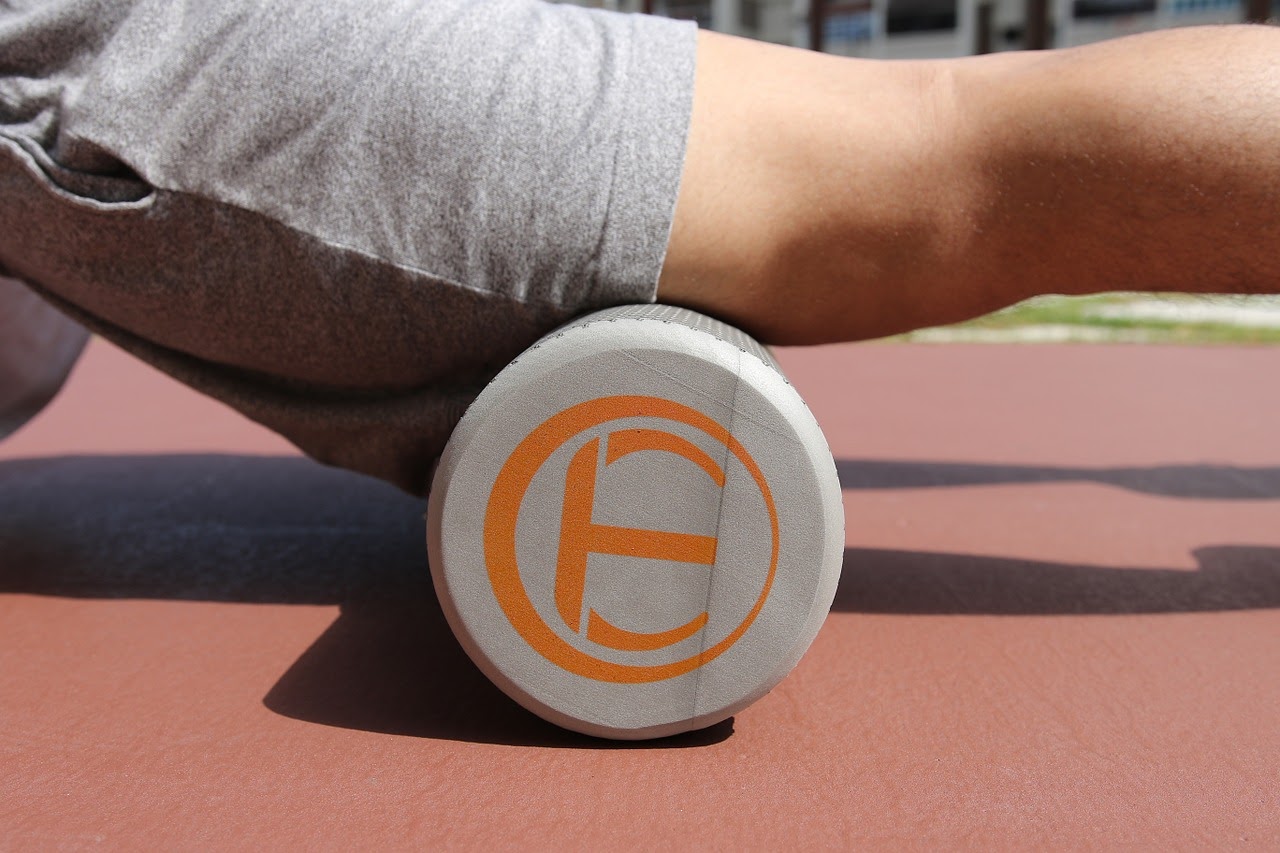Speed Up Post-Exercise Recovery with Science
When you’re embarking on a fitness regime or increasing the amount of exercise you do, it’s important to factor rest into your schedule. By giving your body time to rest and repair itself, you can reduce the risk of sustaining an injury and achieve your goals more quickly.
However, you can speed up the process of post-exercise recovery. This means you can increase the frequency and intensity of your training, as you won’t need to wait as long for your body to recover from each training session. To find out how, take a look at these top tips and optimize your post-exercise recovery with science:
1. Improve your sleep quality
The body does the majority of its repair work while you’re asleep. If you aren’t getting enough sleep or you’re getting low quality sleep, it follows that your body will take longer to repair itself. If you want to speed up the repair process, you can do so by improving the quality of your sleep and getting a good night’s rest.
If you struggle to get to sleep or you wake frequently throughout the night, try adopting a new sleep hygiene schedule. By changing your evening routine, you can train your mind and body to fall asleep more quickly and deeply.
2. Give your body what it needs
If you aren’t fueling your body right, it won’t be able to perform basic functions, like repairing torn muscle fibers. When it comes to fueling your body, it’s important to consume enough calories to enable your body to work optimally. Of course, if you want to build muscle, you may need to stop eating more calories than you need to so that your body has the extra fuel it needs, but not so much that you’ll gain fat.
However, it isn’t just the number of calories you consume that matters. Look at your macros as well and make sure your body is getting the right mix of fats, carbs, and proteins. No matter what diet plan you’re using, giving your body the right nutrients will help it to recover from exercise more quickly.
Some people choose to enhance the body’s natural recovery process with supplements and peptides. If this is something you want to consider, be sure to carry out your own research and decide what’s right for you. Understanding the difference between TB-500 and BPC-157 and knowing how peptides work is important, for example. As always, consider whether any extra supplementation will interact with any other medication you’re taking and seek advice if you’re unsure.
3. Eat protein before bed and when you wake up
If you’re looking for a good excuse to have a bedtime snack, this is it! Eating protein before you settle down for the night will ensure your body has a good source of fuel while it’s doing the majority of its recovery work. Additionally, a protein-fueled breakfast kickstarts your body into rebuilding muscle tissue and can also help to stop cravings in their tracks.
Many people who are eager to improve their fitness or who want to gain muscle increase their protein intake. If you’re struggling to find different ways to hit your daily intake goals, try different flavors of protein shakes, protein bars, and protein powders. While chicken, red meat, eggs, oily fish, and tofu are also great sources of protein, a shake or a bar requires minimal preparation and is an easy snack to have on hand.
4. Stay hydrated
As well as consuming the right nutrients, you’ll want to ensure you’re drinking enough water if you want to speed up your post-exercise recovery. If you aren’t getting enough water, your body will take longer to repair itself, which means you’ll be at a higher risk of injury.
Healthy adults are typically advised to drink around 8 cups of water a day. However, you should also replace any fluids you lose due to exercise. The American Council on Exercise recommends drinking 8oz. of water approximately 30 minutes after exercise, as well as 16-24oz. of water for every pound of weight lost during exercise.
It can be tricky to gauge how much water you consume throughout the day but a reusable bottle with measurements makes it easy to keep track and up your intake if you need to.
5. Use a foam roller
If you aren’t using a foam roller after a workout, you probably should be. When muscles and associated fascia become knotted, they tend to cause pain and discomfort. Using a foam roller on these areas can work out the knots and reduce pain. In addition to this, many people believe the process of foam rolling helps to clear out metabolic waste too.
While foam rolling itself can be uncomfortable, it may be worth the initial pain in order to speed up your recovery process. Remember – foam rolling is typically a little painful but don’t overdo it or you could risk causing an injury.
6. Schedule rest days
Working out the same group of muscles every day isn’t generally a good idea. Muscle tissue needs longer than this to repair, so you’ll find that you lose strength if you try to work out too often. Many people overcome this problem by working out different areas on different days.
You may want to make Monday a ‘leg day’, for example, Tuesday an ‘arm day’, and so on. This gives your muscles time to recover before you train them again and ensures they’re ready to be strengthened by the time your next session rolls around.
Planning for Post-Exercise Recovery
No matter how keen you are to hit your fitness goals, it’s important to factor recovery time into your schedule. Any exercise plan that doesn’t include recovery time is doomed to failure, so train yourself to take a rest at regular intervals.
In addition to this, listen to your body and be prepared to take unscheduled rest days when you need to. By doing so, you’ll find it easier to hit your goals in the long-term and you’re likely to see gains much more quickly too.
- Navigating Pregnancy as a Teen: Tips for a Healthy and Happy Journey - July 23, 2025
- What Does It Take to Start the Best Possible Relationship With Your New Dog? - July 23, 2025
- You Deserve To Take Care Of Yourself And Your Needs - July 20, 2025


